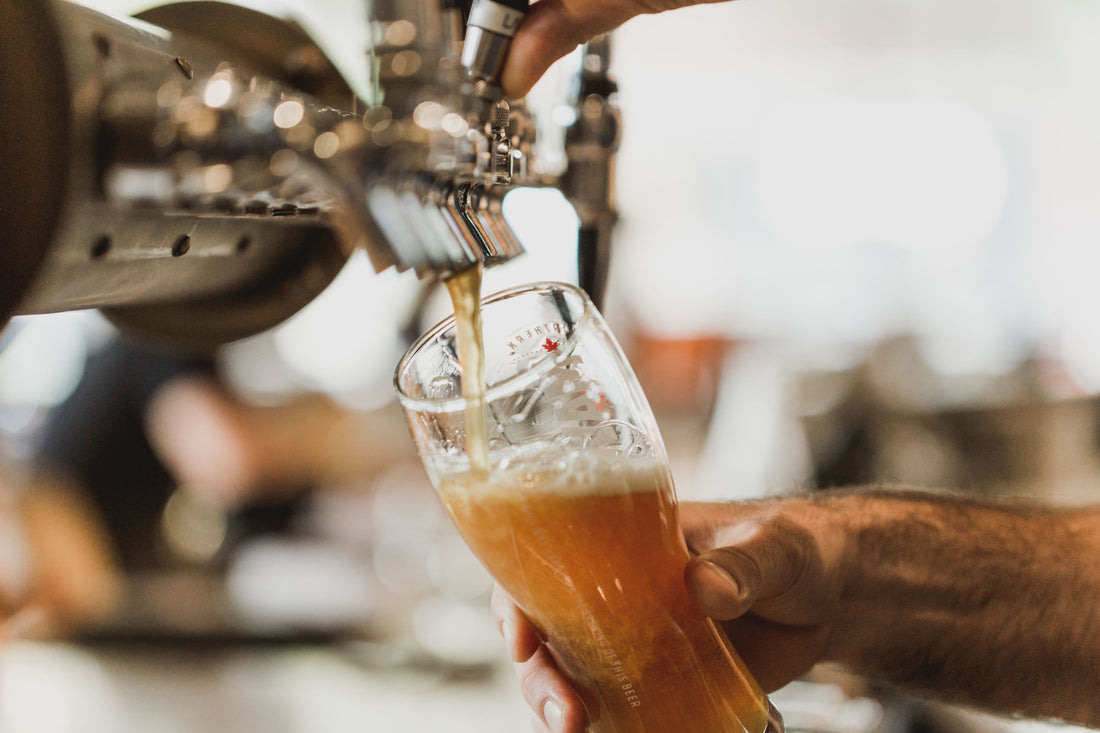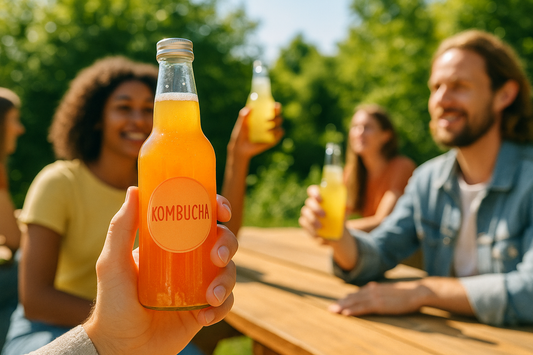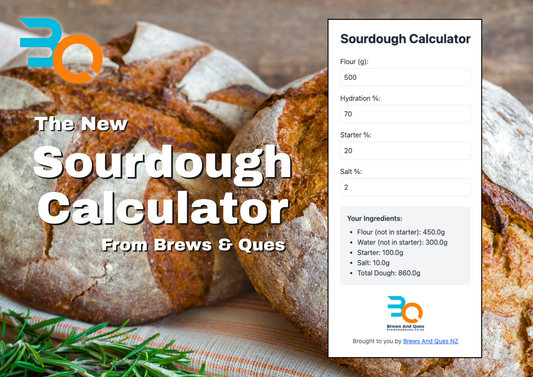Kia Ora and welcome to Beer Home Brewing 101! Beer has been a staple for centuries, but nowadays more of us Kiwis are taking our beer-drinking experiences one step further and brewing our own at home. This comprehensive guide will teach you all the basics of setting up your very own in-home brewery so you can enjoy delicious craft beer no matter where you are. Let's get started....
Outline -
1. What is brewing beer and how does it work -
Brewing beer is an age-old practice that New Zealanders have been perfecting for centuries. Beer home brewing involves the fermentation of malted barley, hops, yeast and water to create a tasty beverage. The process is relatively simple: mix all the ingredients together, ferment them in a vessel with an airlock to keep bacteria out, then bottle the liquid and allow it to carbonate for about two weeks before drinking.
2. The history of brewing beer -
The history of home brewing has its roots in medieval Europe when people began experimenting with different methods for creating alcoholic beverages from grains. As time went on, these techniques were refined and perfected over generations until they became what we know today as beer making. Beer styles further evolved over time into various categories such as ales, lagers, wheat beers and more.
3. The ingredients in beer and what they do -
The ingredients in beer are simple but extremely important to get right. The main ingredient is malted barley which provides the sugars needed for fermentation. Hops add bitterness and flavour to the beer while yeast consumes the sugars from the malt and produces alcohol as a result. Finally, water is added to help bring it all together into one delicious beverage!
4. How to make a basic extract batch of beer -
Making your own batch of beer at home can be a fun and rewarding experience. To get started, you’ll need some basic equipment such as an fermenter or carboy (for fermenting the beer), bottling supplies (bottles with caps, bottle capper) and ingredients (malt extract, hops, yeast and water). Once you’ve got all your materials ready, it’s time to start brewing!
The basic process for making beer is as follows: mix the malt extract with boiling water to dissolve the sugars; add hops for flavour; cool down the liquid and add yeast which will consume the sugars from the malt extract and produce alcohol; ferment in a vessel with an airlock for 1-2 weeks; then bottle and store in a cool place. After two weeks, your beer should be ready to enjoy!
5. How to bottle and store your home brewed beer -
Once your beer has finished fermenting, you will need to bottle it in order to carbonate and store it. The easiest way to do this is by using a bottling bucket. This is a specially designed bucket with a spigot on the bottom that allows you to easily bottle your beer without making a mess. To bottle your beer, simply insert the hose from the bottling bucket into the mouth of each bottle, then use the attached bottle capper to seal the bottles shut. After all of your bottles have been filled, set them aside in a cool, dark place and allow them to carbonate for about two weeks.
Once your beer has carbonated, you can start drinking it! However, if you want to save some for later, you'll need to store it properly. The best way to store beer is by refrigerating it in an airtight container. Beer can also be frozen and stored for later consumption, though it should be noted that freezing beer will decrease its flavour and quality over time.
6. Tips for improving your home brewing process -
If you want to take your beer home brewing to the next level, there are a few tips you can keep in mind:
- Always clean your equipment thoroughly between batches;
- Make sure to select the correct yeast strain for each batch of beer;
- Check your gravity readings regularly throughout the fermentation process;
- Use a hydrometer or refractometer to measure the alcohol content of your brews; and
- Experiment with different recipes and ingredients!
7. Beer recipes to try -
If you're looking for some ideas on Beer recipes to try at home, there are plenty of great options out there. Many beer styles have specific characteristics associated with them such as ales (fruity or bready flavours) and lagers (crisp and clean). To get started, try one of the many Beer Home Brewing kits available which come complete with ingredients and instructions for creating various types of beer.
Once you've mastered the basics of beer home brewing, it's time to start experimenting with different recipes. Here are a few recipes to get you started:
- India Pale Ale: A classic IPA recipe that is light in colour and flavour with plenty of hop character;
- American Brown Ale: A full-bodied dark ale with roasted malt flavours and a hint of caramel sweetness;
- Munich Helles Lager: A refreshing German lager that is golden in colour with a subtle malt profile; or
- Belgian Wit Beer: A light, wheat based beer that is spiced with coriander and orange peel for added flavour.
There are plenty of recipes out there to help you create your own unique beer at home. Have fun experimenting and see what delicious brews you can come up with.
Summary -
So there you have it, Beer Home Brewing 101: The Ultimate Guide to Beer Home Brewing at home. With the right ingredients, equipment and know-how, brewing beer can be a fun and rewarding experience! So why not give it a go today?
Happy Brewing...Cheers!








